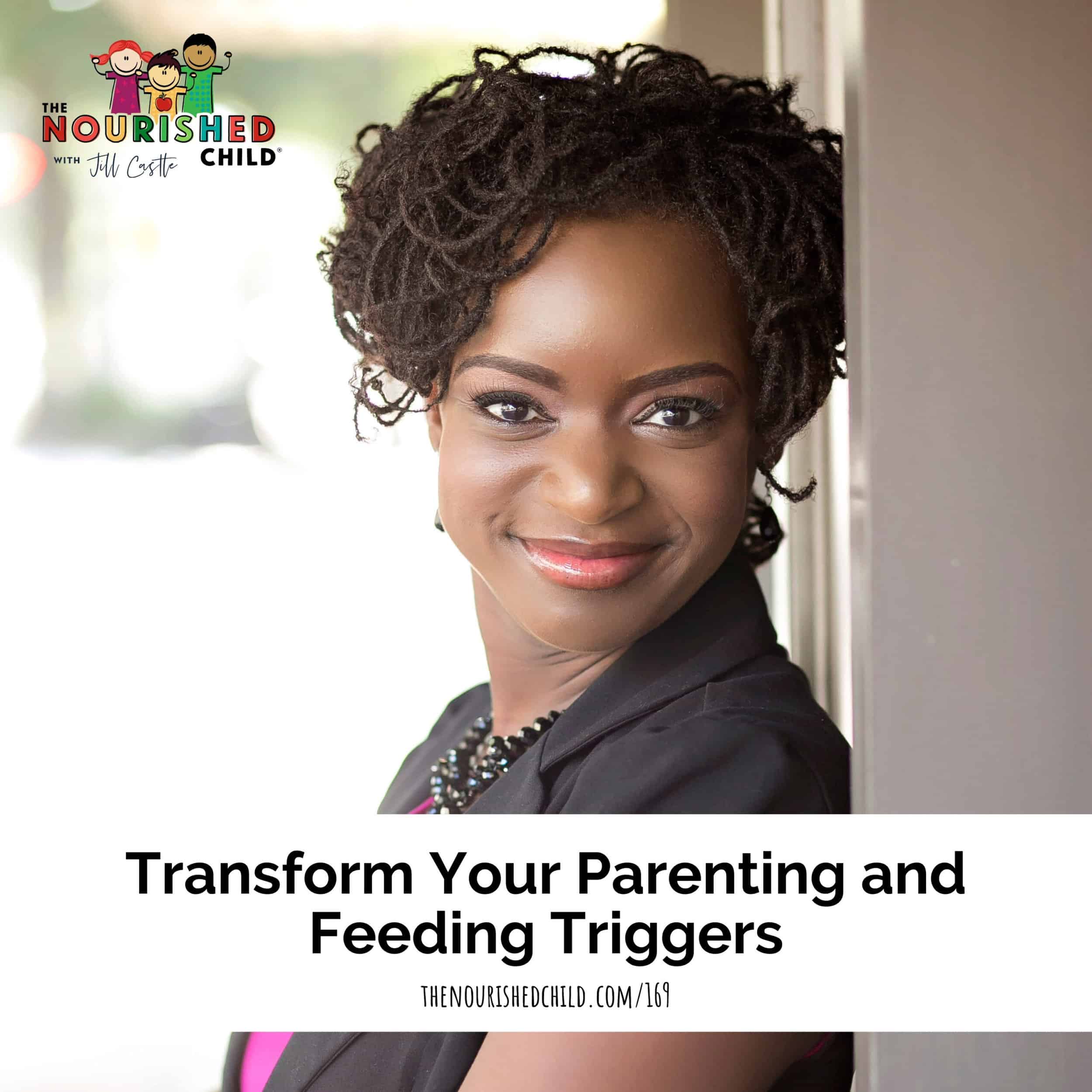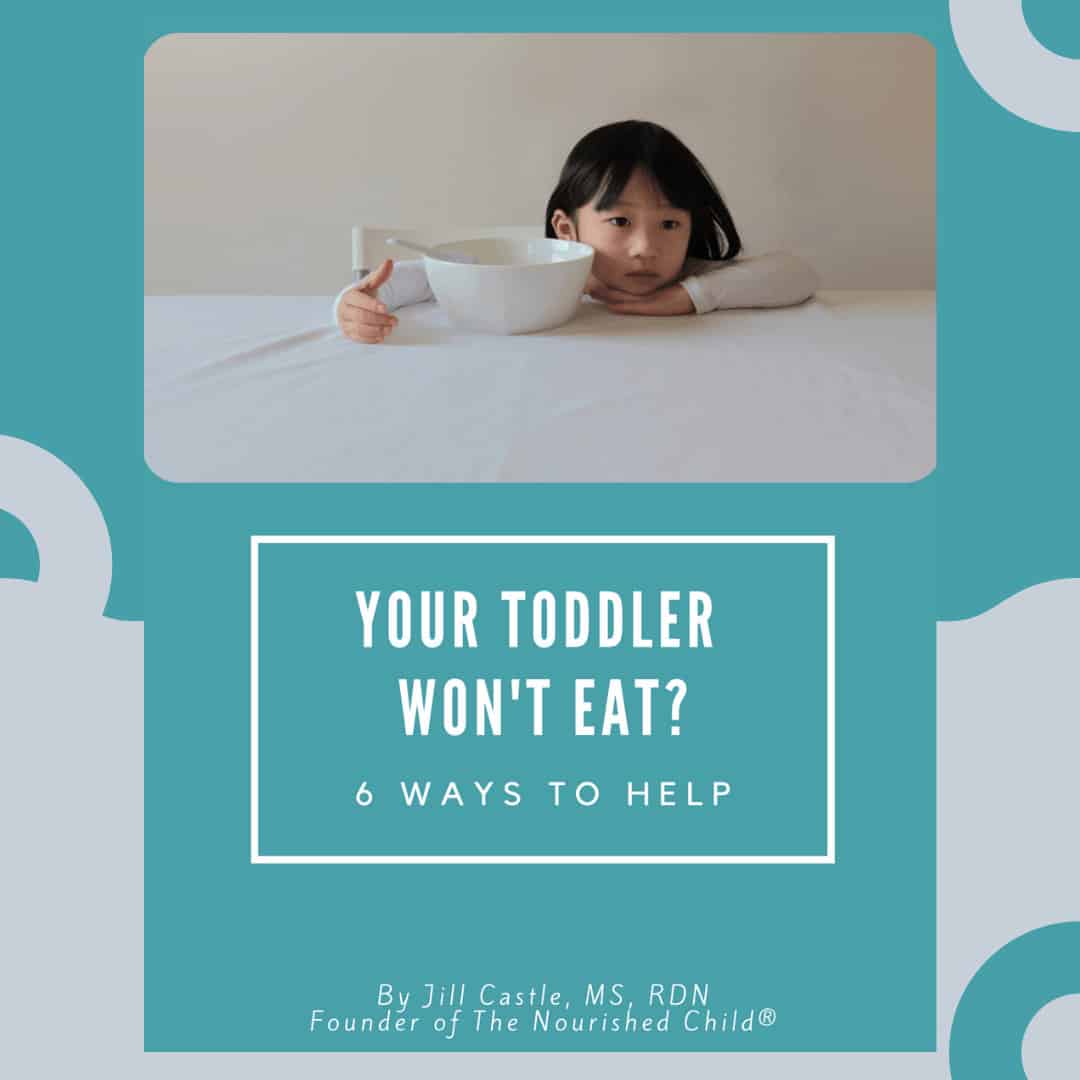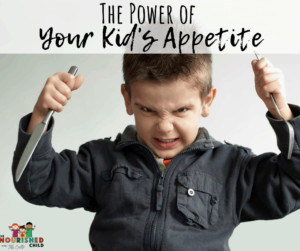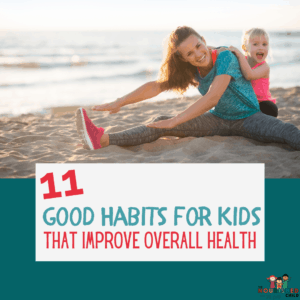The Benefits of Mindful Eating for Kids
September 9, 2022
Mindful eating promotes healthy eating habits without restricting food. Let’s dive into the benefits of mindful eating for kids and techniques you can do at home (or on the go).
Have you noticed your child finishes everything on his plate without realizing it whenever he eats in front of the T.V.?
Are chaotic mealtimes and eating in the car on the way to practice common for your family?
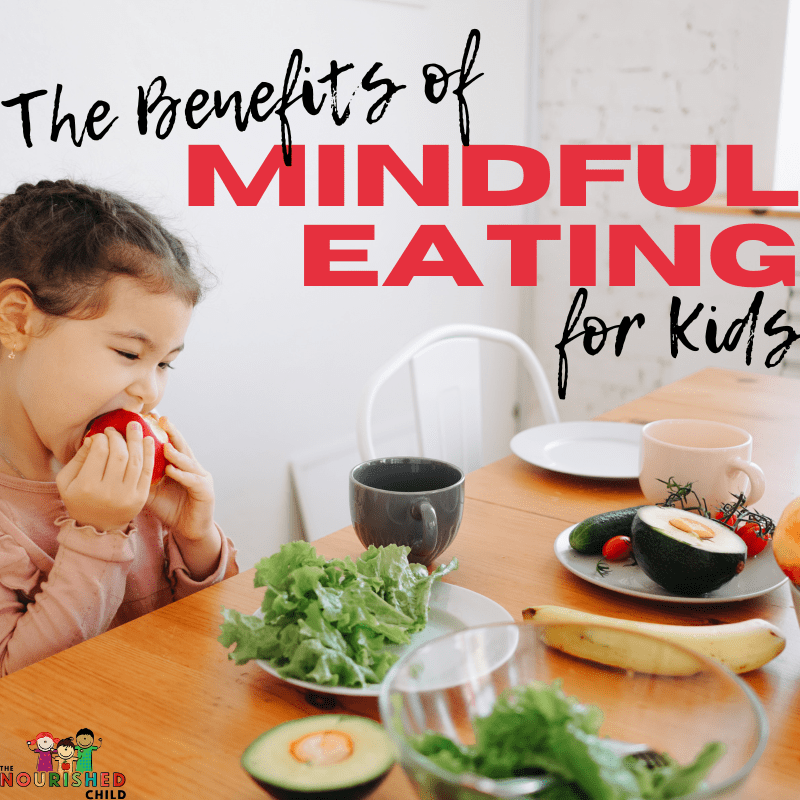
The whole family might benefit from learning how to eat mindfully.
You’ve probably read about mindful eating for weight loss.
But, mindful eating is not a diet. It’s a positive habit associated with eating slowly, making healthier choices, savoring food, and stopping when your body signals it’s had enough.
Keep reading to learn about the science-backed benefits of mindful eating for kids and what parents can do to create distraction-free meals (for a few minutes at least)!
What Is Mindful Eating?
Mindfulness is the intentional focus on thoughts, feelings and sensations in the present moment.
Mindful eating is practicing mindfulness by paying attention to how food smells, looks, tastes, and even feels in your body while you eat.
You’re more likely to feel satisfied when you focus on your meal. You’re also more likely to notice when you’re full before you’re uncomfortably stuffed.
Distracted eating is eating while the TV is on, toys are at the table or other types of distraction are used, and it can start as early as in the high chair.
You may offer toys or utensils to keep your baby occupied, so they sit for the meal.
Young kids may be slow eaters and take a long time, so grazing is very common once you introduce complementary foods.
Toddlers move around and play while they finish meals and snacks. This is all perfectly normal for young children.
But, as kids get older, distracted eating can become a negative habit that ultimately affects a child’s health and wellbeing.
Why Is Mindful Eating Important for Kids?
The benefits of mindful eating may go beyond the table.
Learning to focus, relax and notice how emotions affect their bodies, especially in a hectic and stressful situation, are positive coping skills that help kids thrive socially and academically.
Recent studies found a connection between eating mindfully and healthier outcomes.
Mindfulness for Appetite Awareness
Mindful eating is a non-judgmental awareness of your body’s hunger and food preferences.
It teaches kids to eat with intention and be aware of whether or not they are hungry.
Studies show that mindful eating is associated with weight maintenance or a lower body fat.
As a childhood nutrition expert, I don’t recommend restricting a child’s food intake.
Instead, mindful eating is a healthier way to help kids be aware of when they’re hungry and when they’re satisfied.
Mindful eating and nutritious food choices
Many parents might be concerned that savoring food will lead to a child’s overeating. The opposite appears to be true.
When kids are aware of the sensory pleasures of food (texture and tastiness!), they’re more likely to feel satisfied.
Studies show that eating pleasure promotes healthy behaviors, including appropriate portions, nutritious food choices, and even increased liking of health-promoting foods.
When kids eat for physical reasons (hunger) instead of external reasons (it’s mealtime or forced to eat fruits and vegetables), they’re more likely to make better food choices.
Recent studies show that awareness is associated with eating more fruits and vegetables.
And eating for physical reasons rather than emotions is associated with eating fewer unhealthy foods.
It makes sense that being aware of how your body feels would motivate you to eat food that makes your body feel good.
Mindful awareness reduces emotional eating
Some kids eat emotionally to cope with big feelings or a stressful and chaotic environment.
Mindfulness techniques teach kids to be aware of how emotions make their bodies feel and give them the tools to cope without turning to food to soothe negative feelings.
Mindfulness exercises help reduce stress.
One study found that mindful eating reduced reward-driven eating, which is “stress-eating” unrelated to hunger.
Mindful Eating vs. Intuitive Eating
Mindful eating and Intuitive Eating are both non-diet approaches to eating.
Meaning, they focus not on food, but on sensations within the body.
Intuitive Eating is a more comprehensive approach based on ten principles created by two dietitians.
These principles encourage you to reject diet culture and to eat non-judgmentally and without focusing on weight.
As a result, you learn to connect with your body’s hunger and fullness signals and develop a healthy relationship with food.
Mindful eating focuses on the sensory qualities of food, so you savor meals, which are components of Intuitive Eating.
You can think of mindful eating as a tool to help you eat intuitively.
What Are Mindful Eating Techniques?
Here are a few simple mindful eating activities parents can do at home with children:
- Sensory exercises. Tell your little one to pay attention to how the food feels, looks and smells. Can they describe the smell, flavor and appearance? Ask how the food feels in their belly.
- Eat slowly. Use counting games to get kids to chew more. Softer foods don’t need as many chews as harder foods like fruit and veggies. But getting kids to chew more teaches them to eat slowly.
- Take a break. It’s challenging for busy families to be mindful during the entire meal. One solution is to pause every few minutes and re-focus on the food and sensations in your body.
- Remove distractions. Set a positive eating environment by having meals at the table, turning the television off, and making the table a no-phone zone.
- Yoga. Yoga for kids is gaining in popularity. It’s great for stress reduction, focusing on the present moment and being more aware of the body’s signals. One study found that yoga promoted healthy eating behaviors in young adults, including healthier food choices, eating mindfully, and reducing emotional eating.

Send Me The Do’s & Dont’s of Picky Eating!
An Easy Mindful Eating Tip
Ideally, families should eat in a distraction-free environment during meals.
But, as any parent knows, family meals with children are anything but distraction-free.
Having age-appropriate expectations and table manners for your child’s behavior at the table is important.
For example, babies and toddlers have trouble sitting for long periods while eating.
Instead, create a positive eating environment by eating at the table, turning off the television, and avoiding mealtime power struggles.
Do you have mindfulness exercises for kids that work for your family?

